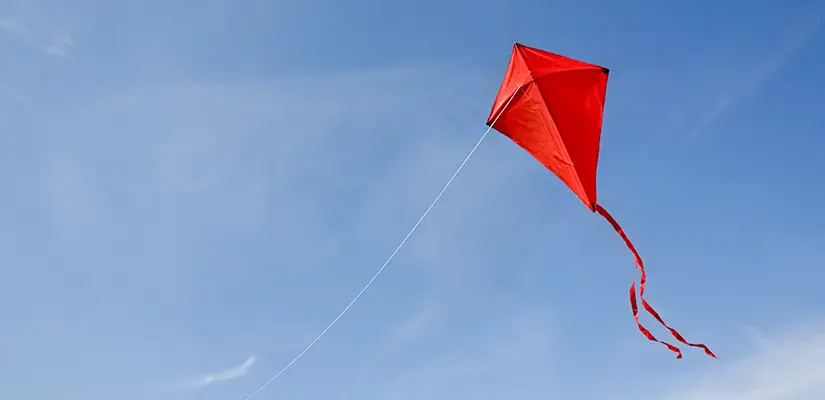
Mr. Electric clarifies that Benjamin Franklin did not discover electricity but contributed to its understanding.
|
We all remember the story we were told in school as kids. Ben Franklin strapped a key to his kite and stood out in the rain waiting for lightning to strike. Though the details are foggy and this story is based on truth, Ben Franklin was not the first to do this type of experiment, and he may not have even conducted it at all. What is true is that he was definitely not the first scientist to study electricity. Like many of these perfectly packaged stories that become more and more polished over the decades, there is much more to the story than what we’ve been told. So what parts of the story are true and how did Ben Franklin discover electricity?
Ben Franklin’s Kite Experiment
Around the year 1750, Benjamin Franklin received an electricity tube from the scientist Peter Collison, which sparked his already growing curiosity surrounding charged particles. Wanting to confirm his suspicion that lightning was a huge spark made up of charged particles, he sent a letter to Collison explaining his idea for an experiment that would pull a lightning bolt through a 30-foot rod. His theory was that lightning was caused by electricity and that metal objects may be used to attract it to protect houses and buildings from being struck. Since he couldn't quite figure out a way to get a 30-foot rod high enough into the sky for the experiment to work, in 1752, he came out with a new plan – the kite experiment.
The French Beat Franklin to It
Between the years 1750 and 1752, when Franklin was tweaking the details of his lightning experiment, he wasn’t aware that his letter to Collinson was inspiring scientists in Paris. French physicist Thomas-Francois Dailbard was determined to test Franklin’s theory, and on May 10, 1752, he did just that. Exactly one month before Franklin supposedly flew his kite in a thunderstorm, Dailbard used a 40-foot metal rod grounded with wine bottles to extract electricity from a low-lying storm cloud, proving Franklin correct.
So, Did Ben Franklin Invent Electricity?
Over the next few years following Dailbard’s successful experiment, Franklin published an article detailing his supposed kite adventure. He wrote that with the assistance of his son William, he attached a wet string to a kite. While staying in a nearby shed for shelter from the storm so the portion of string he was holding stayed dry, Franklin attached a house key to the string as well as a Leyden jar. We now know, thanks to modern-day science, that if Franklin had indeed conducted his kite experiment the way he described it, he would have been dead as soon as the lightning struck his kite. In his article, he claimed he touched the key and felt a spark, although most scientists say this would be impossible since touching the key would have taken him out if he hadn't already died from the lightning strike itself. To Franklin’s credit, some historians believe his original remarks have been misinterpreted and that the kite just picked up the charge and wasn’t directly hit. We may never know the truth about that fateful night, but we do know that Franklin’s ideas did indeed lead to a successful electricity discovery experiment.
Electricity Has Always Been Fascinating
So, although the story may be a little muddled, we do know that Ben Franklin’s fascination for electricity inspired many experiments that led to more knowledge about charged particles. Our friendly team at Mr. Electric is fascinated by electricity, too! We’re always standing by for all your home electrical needs – just don’t ask us to fly a kite in a thunderstorm. Contact Mr. Electric today!
